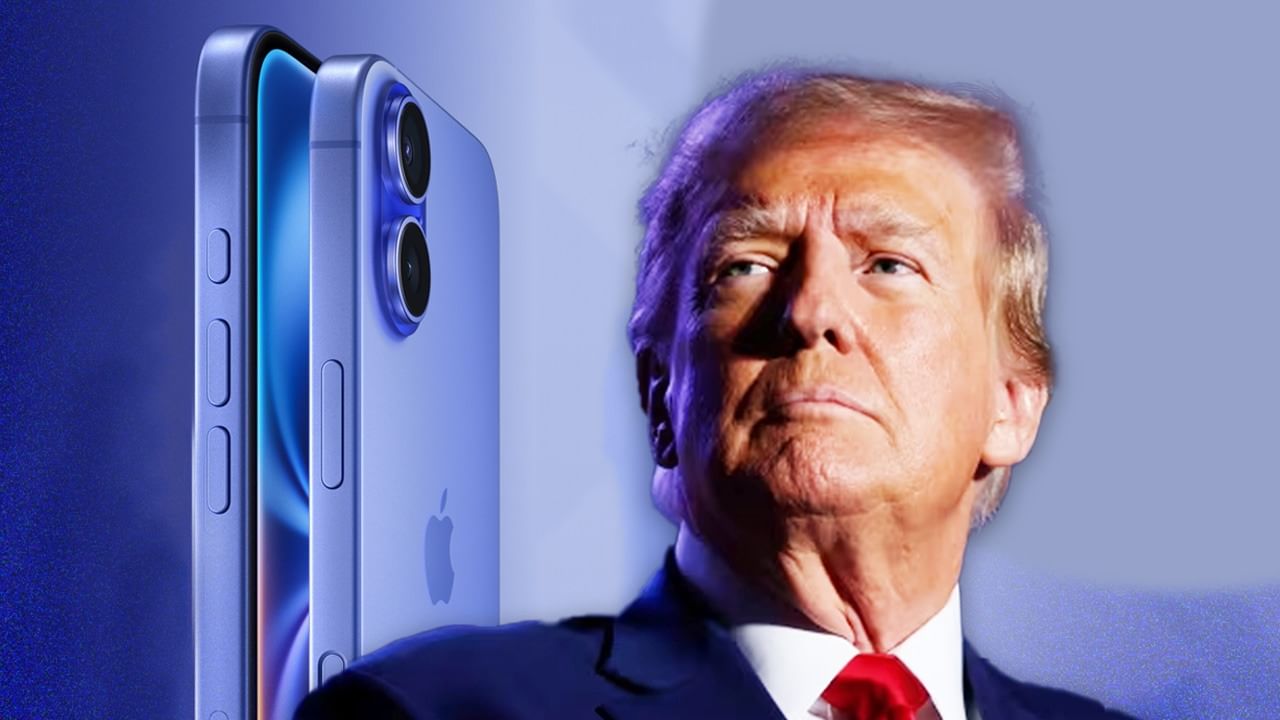
The potential increase in Apple iPhone prices due to tariffs imposed by U.S. President Donald Trump is becoming a significant concern for consumers. With the imposition of these tariffs, Apple is left with two options: absorb the costs themselves or pass these added expenses onto consumers. If Apple chooses to shift the financial burden onto consumers, we could see iPhone prices rise by as much as 40%. This shift could profoundly impact the brand’s market position, especially as new models are set to release and competition in the smartphone market heats up.
Current Landscape of iPhone Pricing
As of recent reports, Apple’s premium flagship models are projected to skyrocket in price. According to Rosenblatt Securities, the most premium iPhone could reach as high as $2,300, equivalent to approximately ₹196,014. Significantly, a large portion of iPhones sold in the U.S. is manufactured in China, raising concerns about supply chain costs and market dynamics. Apple consistently sells around 220 million iPhones annually, with major markets in the U.S., China, and Europe. This section will delve into pricing trends, historical growth in iPhone prices, and the impact of external factors like tariffs and market changes on these trends.
Understanding the Price Increase
| Model | Current Price (USD) | Projected Price with 43% Tariff (USD) | Projected Price (INR) |
|---|---|---|---|
| iPhone 16e | 599 | 856 | ₹72,959 |
| iPhone 16 | 799 | 1,142 | ₹97,335 |
| iPhone 16 Pro | 1,099 | 1,570 | ₹1,35,748 |
| iPhone 16 Pro Max | 1,199 | 1,716 | ₹1,48,773 |
Consumer Reactions and Market Shifts
If Apple decides to pass on the tariff costs to consumers, this could lead to diminished sales figures. Reports indicate that sales in key markets have already started to slow down, partly due to consumer dissatisfaction with Apple’s latest intelligence features. If prices rise further, customers may consider switching to alternative brands like Samsung, which could significantly affect Apple’s market share. This section examines customer loyalty trends, potential shifts in brand perception, and competitive dynamics in the smartphone sector.
The 40% Price Increase: Consumer Impact
Analysis suggests that a 40% increase in iPhone pricing could severely affect purchasing decisions. For instance, moving from a price of $799 to around $1,100 could push potential buyers toward budget-friendly alternatives, increasing the appeal of other brands with competitive features at a lower price point. Additionally, this pricing strategy could force Apple into adjusting their marketing strategies to maintain customer interest and brand loyalty among tech-savvy consumers. In this context, it’s essential to consider the implications of price increases on brand equity, consumer trust, and long-term revenue.
Long-term Implications of Tariffs on Apple
The long-term impact of these tariffs could reshape how Apple approaches pricing strategy and market expansion. Rising costs could necessitate a reevaluation of their production processes, sourcing, and even geographic focus. As they assess these changes, Apple may face critical decisions on whether to invest in local manufacturing capabilities or seek suppliers from countries with more favorable trade relations with the U.S. Understanding the historical context of tariffs and their impact on technology companies like Apple provides valuable insights into how market dynamics can be altered.
Potential Strategies for Apple
To navigate the challenges presented by tariffs, Apple could explore several strategic options:
- Cost Absorption: Absorb the tariff costs and maintain price points to retain market share.
- Alternative Sourcing: Investigate suppliers based in countries with lower tariffs or favorable trade agreements.
- Local Manufacturing: Increase investment in U.S.-based manufacturing facilities to bypass tariffs entirely.
- Innovative Features: Continue developing unique features and services that distinguish Apple from competitors, thereby justifying premium pricing.
FAQ Section
What is a tariff, and how does it affect product pricing?
A tariff is a tax imposed by a government on imported goods. Tariffs increase the cost of these goods, which can lead to higher retail prices if manufacturers choose to pass on these costs to consumers.
How much is the projected price increase for the upcoming iPhone models?
The projected price increase could range from approximately 40% or more, depending on the specific model and the imposition of a 43% tariff on imported iPhones.
Which markets are most impacted by these price changes?
The U.S., China, and European markets are the most significantly impacted, as these are the primary regions for sales and revenue for Apple.
Could these tariffs lead customers to switch brands?
Yes, if prices rise due to tariffs, consumers might explore alternatives, particularly brands like Samsung that offer competitive features at a lower price point, potentially leading to a loss of market share for Apple.
What strategies can Apple implement to mitigate the effects of tariffs?
Apple can explore cost absorption, alternative sourcing, increased local manufacturing, and development of innovative features to maintain competitiveness and minimize the impact of tariffs on pricing.
